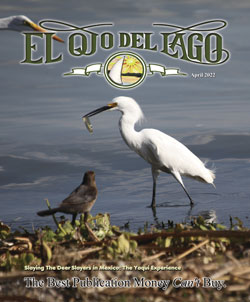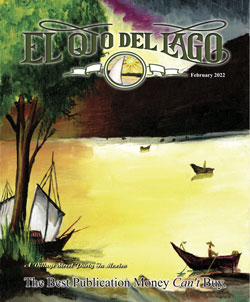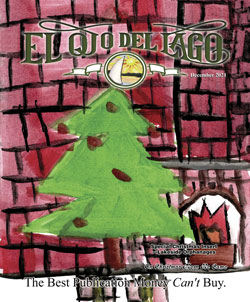Bridge By The Lake
By Ken Masson
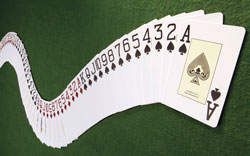 Defence is generally considered to be the most difficult part of bridge, with the opening lead being one of the most critical aspects of defence. Frequently the first card faced will set the tone for one side or the other as the hand is played. However, sometimes the partner of the opening leader will see that his side have not got off to a good start and be able to right the ship if he sees a better line of play. In the illustrated hand the defenders weren’t at their sharpest and allowed declarer to make over tricks.
Defence is generally considered to be the most difficult part of bridge, with the opening lead being one of the most critical aspects of defence. Frequently the first card faced will set the tone for one side or the other as the hand is played. However, sometimes the partner of the opening leader will see that his side have not got off to a good start and be able to right the ship if he sees a better line of play. In the illustrated hand the defenders weren’t at their sharpest and allowed declarer to make over tricks.
The bidding was short and sweet with South opening 1 no trump followed by 3 quick passes. Apparently, West was a believer in the maxim: “lead your fourth best from your longest and strongest” and duly placed his 5 of hearts on the table. When the dummy came down South could count one spade, two heart, three diamond and 1 club trick so the contract was never in danger but since this was a duplicate contest he would seek overtricks.
East won the first trick and promptly returned the heart 8 to his partner’s king and that player exited with a low diamond won by dummy’s queen. Declarer now played a spade to his queen and when that held he was up to eight tricks. Next he tried a low club to dummy’s 10, won by East’s queen. East returned a diamond to declarer’s king and he exited with the club jack to east’s king. That was the end of the defence and South was able to claim nine tricks for a tie for top board for his side.
So where did the defence go wrong? It all started with West’s choice of opening lead. Yes, fourth best of your longest and strongest is often the best lead, especially against a no-trump contract. However, that maxim presupposes you have a reasonable chance of setting up and cashing a number of tricks in your chosen suit and for that you usually need high cards in at least one other suit to provide an entry to your hand. West was sorely lacking in this department and would have been wiser to try to find his partner’s strength. After all, East was marked with a reasonably good hand as the declaring side had not made at least a move towards a game try. In these circumstances, it is often best to hope that partner’s length is where you are short and the spade 10 would be a good choice. This lead would work well here as declarer would have to scramble for 7 tricks. East had to share some of the responsibility in this defence as he should have known that his partner held a weak hand. Upon winning the first trick and seeing either the heart queen or jack fall from South he should have known there was no future in this suit and he could have switched to a low spade. This would have regained the momentum for his side and held the declarer to 8 tricks for a better match point result.
Questions or comments: email: This email address is being protected from spambots. You need JavaScript enabled to view it.
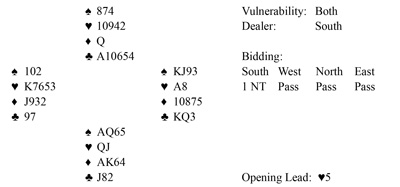
{article Ken Masson}{text}{/article}





